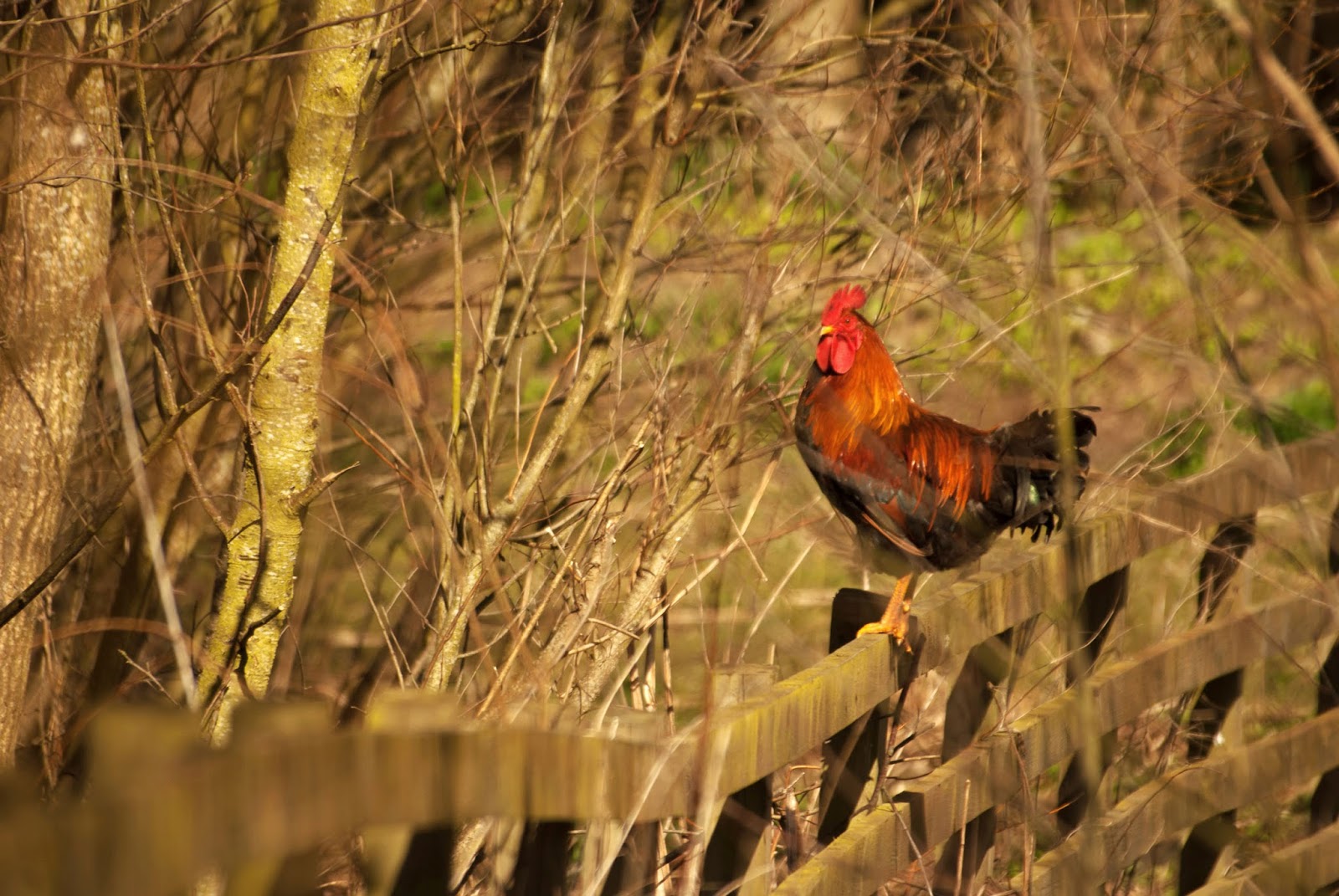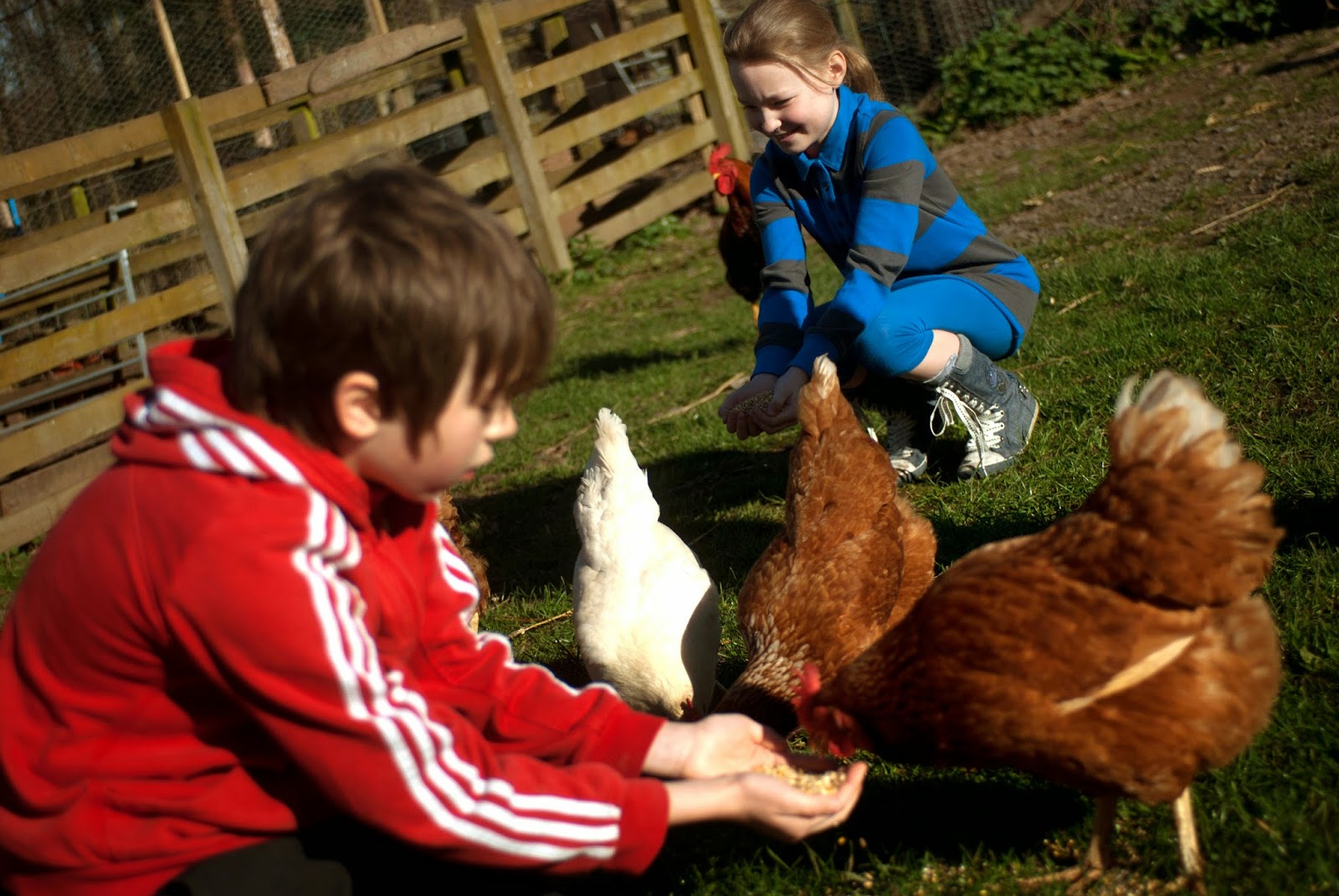Jaspar is like a great big fluffy teddy bear and a family and guest favourite. He loves cuddles and especially his top lip being tickled! He seems to grow through the winter when he gets his wooly bear coat, then slims down to super slinky Jaspar in the summer!
Shetland ponies are a small hard working breed that has been around for more than 2000 years. For their size they are the strongest of all horse breeds and were well used throughout the UK, and especially in the North east of England as pit ponies. Thank you to the Shetland Pony Stud Book Society for the background to this remarkable breed - http://www.shetlandponystudbooksociety.co.uk/about-the-breed.
We are so grateful to have this little man. He was abandoned in a farmers field when the poor farmer went out of business. A passing vet pulled over a farm worker in a nearby field and asked if he knew who the pony belonged to because if he was not taken off the grass immediately he would die! He was so fat and could barely move. Apparently (according to our farrier Mick) Shetlands will walk all day in their native country for a few blades of rough grass. When not in their natural habitat, Shetlands, with their barrel belly, are very greedy, and prone to obesity and laminitis. Laminitis is a nasty disorder for horses. According to Wikipedia, laminitis is a progressive disease that can eventually lead to the horse having to be put to sleep. It does not just affect horses surprisingly, but any ungulates, although horses seem more prone. For more information on laminitis, please check out http://en.wikipedia.org/wiki/Laminitis. In Jaspar's case, the kindly farm worker rescued him and took him off the field to his own smaller garden to graze.
As luck would have it, the farm worker was none other than our own guardian shepherd Sinky (of the Thank Ewe blog fame https://www.blogger.com/blogger.g?blogID=8040445772055115604#editor/target=post;postID=7016434076975598527;onPublishedMenu=allposts;onClosedMenu=allposts;postNum=3;src=postname).
And as these things sometimes are destined to be, one time when he was tending our little flock, I mentioned we would love a small pony. So, off we all trooped to Sinky's garden to see the cheeky chap up close. And it was love at first sight. Within a day or two, he was our latest addition to the croft.
He is such a nice natured Shetland - which I have since found out is unusual. He does however have their cheeky streak, and he does like to try to show us he is the boss. But as with most Shetlands, Jaspar can be trained with food. We just shout his name and he knows if he runs over, he will be rewarded with a juicy carrot!
Jasapr was put on healthy diet, and given lots of exercise.
After a few months, we decided to see if he could be ridden. Off he went to a fabulous local riding school, Slate Hall (http://www.slatehallridingcentre.com) and the team led by Marion and Paula, worked their magic on Jaspar.
We went up regularly to help: https://www.youtube.com/watch?v=YPUYcpNav7Y&feature=youtu.be
From being a muddy field pony, he quickly became the heart melter for the pony club, and when ever we went to see him, he would be brushed to a shine, with hooves perfectly polished and pretty braids in his hair. He was transformed!
He was also broken in and we were told he was one of the nicest Shetland's they'd ever worked with, despite struggling to find a saddle and tack small enough! Check him out jumping here: https://www.youtube.com/watch?v=-VijwAo4gok&feature=youtu.be
But we missed him. Terribly.
So, back he is, at the croft, and we are searching for a little field mate for him. He likes the pigs, ducks, hens, dogs and sheep, but he would love a pony pal. The search is on - in earnest - someone needs to share Wor Horse's carrots!
You can see more of Jaspar and his home at:
http://budlebaycroft.co.uk/experience.
https://www.facebook.com/budlebaycroft
https://twitter.com/budlebaycroft
https://plus.google.com/b/101573879623913736909/+BudlebaycroftCoUkbamburgh/videos






































